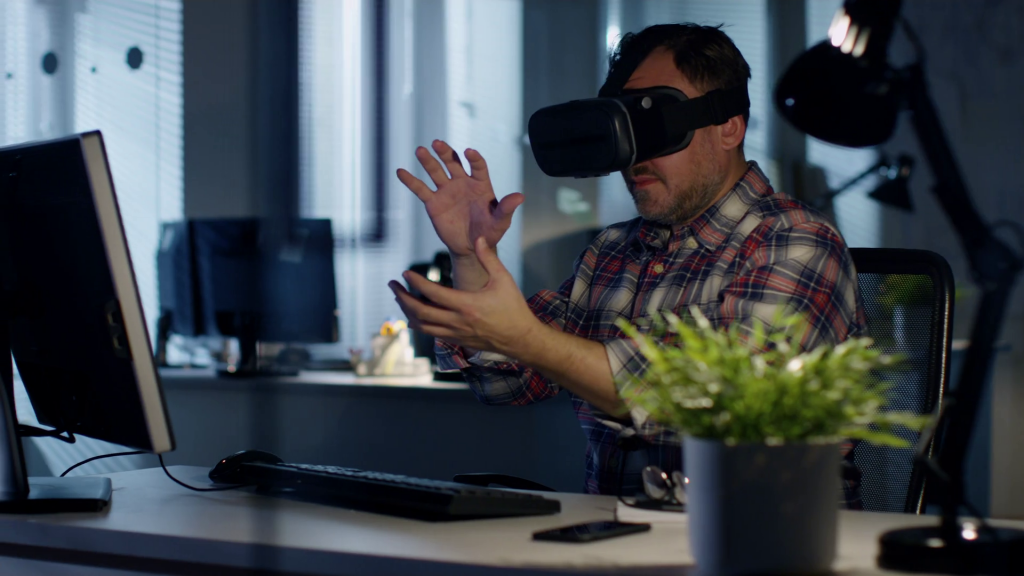Many experts are enthusiastic about Virtual Reality (VR) as the natural next step to the evolution of experiential technology. But despite the positive forecast, the masses don’t seem to share the optimism of VR authorities.
In a survey conducted by the Hubspot team late last year (2018), they identified three main barriers preventing the entrance of VR into mainstream.
The survey involved 745 participants from the UK, US, and Canada and sought to identify when, if, and how many people plan to buy VR headsets. Those who answered no were further asked why.
Out of all the participants, nearly half (49 per cent) said they don’t plan to buy VR headsets.

Three Main Barriers
So, if VR is that great, as the experts say, why aren’t people buying into them?
The Hubspot team identified these major barriers:
Consumers Don’t Know What VR is For
Why would you buy something you don’t have a use for? Makes sense. Before consumers can be persuaded to get into the bandwagon, businesses and developers should first find a way to bridge the unknown with the familiar.
The experience may be spectacular but promises won’t do much unless you get your target market to be interested in it, in the first place. As an entrepreneur or business owner, a lot of creative work would have to be put into advertising and marketing to make people curious.
Reach people where they are. For instance, real estate developers can hold a booth in an event or tech fair where they can encourage people to view their projects using 3d architectural renderings using virtual reality. Sometimes, a website or Facebook Ad isn’t enough to introduce experience. It needs to be done first-hand.
Consumers Want to Know More About VR First Before Investing in Them
Some consumers are vaguely aware of the potential of VR but it’s not enough to get them to flock to the stores and buy their own VR headsets.
VR is a new technology and as been mentioned, consumers need to understand them first before they can create a demand in the collective.
Businesses who are using VR for their products must also make it their responsibility to educate their consumers about the various possible usage and applications of the technology, both professionally and in the household.
The trick is to let them try it first. When they know what the experience feels like, it requires little push to have them imagine the uses of VR to watch movies, see new places, and even connect with others in an entirely different way.
Consumers Find VR Headsets Too Expensive
Perhaps exploring new technology won’t be that intimidating if the cost entailed isn’t as discouraging. But because VR is still in its infancy, much still needs to be done in terms of hardware, making it hard to bring down the cost.
In this aspect, a collaboration between investors such as businesses and developers would have to be streamlined to amplify the process of hardware evolution and see significant cost-reduction in a few years.
Wrapping Up
There has to be an industry-wide collaboration of talents to move Virtual Reality tech to ubiquity. The conversation needs to be inclusive and feedback must be taken into account not only among developers but also among businesses and, more importantly, between both.
